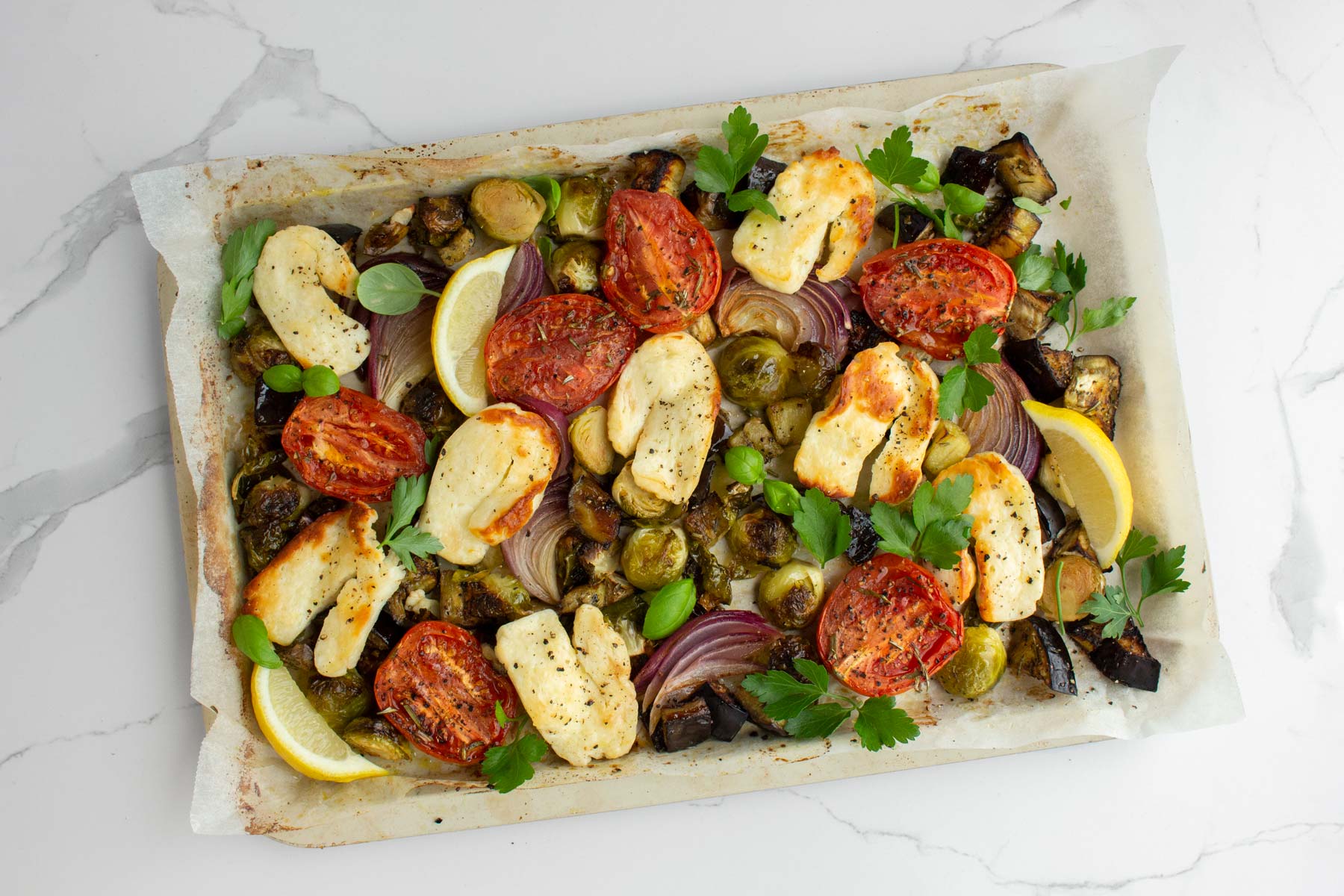Love legumes? Bookmark this list of the healthiest beans! Beans and their legume cousins are largely unsung nutritional heroes.
“Beans have so many nutritional benefits,” says Krista Maguire, R.D., C.S.S.D., nutrition manager at Beachbody.
“They contain fiber and plant-based protein, which can help keep you feeling full and satisfied,” she explains. “In addition, they are rich in iron, magnesium, and folate,” all essential micronutrients.
They’re also affordable and versatile. You can use beans in stews, casseroles, and stir-fry. You can also blend them into creamy soups or dips.
Get to know all of your legume options.
Fun Fact: All beans are legumes, but not all legumes are beans. Legumes are plants that produce seeds or fruit inside a pod. This class of vegetables includes beans, chickpeas, lentils, peanuts, and peas, among many others.
“They all have their own star power,” says Maguire.
Here’s what you need to know about each of the healthiest beans.
1. Chickpeas
Per half-cup of these cooked legumes, you’ll get:
- 135 calories
- 7 grams of protein
- 2 grams of fat
- 22 grams of carbohydrates
- 6 grams of fiber
Chickpeas can do so much more than make delicious hummus.
These legumes are “very malleable in terms of their flavorings,” says Dana Hunnes, Ph.D., M.P.H., R.D., a senior dietitian at the Ronald Reagan UCLA Medical Center.
They’re also hardy enough to add to salad or bake in the oven for a crispy little treat, she adds.
For a new way to enjoy them, try our chickpea curry or maple-chai roasted chickpeas.
2. White Beans
White beans are impressively versatile. Sure, you can add them to soup and chili, but try something outside of the box.
Mushroom and white bean meatballs are a surprisingly meaty vegetarian option, and this white bean and roasted red pepper hummus will change how you look at the dip.
Enjoy a half-cup serving of white beans in either of these recipes for:
- 125 calories
- 9 grams of protein
- 0 grams of fat
- 22 grams of carbohydrates
- 6 grams of fiber
As tempting as it is to dish up more, stick with a half-cup serving of beans when you’re adding legumes to your diet.
Eating too many too quickly “can cause some discomfort to those who aren’t used to eating a lot of fiber or beans in particular,” warns Maguire.
3. Black Beans
Don’t be scared to buy in bulk. Bags of dried black beans are cheap, and prepping them isn’t as hard as you think.
“If you have the time to soak them overnight, that is the traditional way to prepare dried beans,” explains Hunnes.
Once you’ve soaked them for 24 hours and drained the water, boil or simmer them until they become soft.
It’s not a deal-breaker if you don’t have time to soak them, though. Just rinse them and get them boiling.
A half-cup serving of black beans provides:
- 113 calories
- 8 grams of protein
- 0 grams of fat
- 20 grams of carbohydrates
- 8 grams of fiber
Try black beans in our fiber-packed corn and black bean salad, or throw some in your chicken burrito bowl to stay full for hours on your busiest days.
Black beans are also an excellent way to bulk up a salad.
4. Red Kidney Beans
“All beans are incredibly healthy,” says Hunnes, but kidney beans may be at the top of the list if you were to try to rank them.
That’s because “the darker the bean, the more naturally occurring healthy plant-nutrients (phytonutrients) are in it,” she explains.
These beans hold up well in turkey or vegetarian chili recipes and are even sturdy enough to set and forget in the slow cooker.
(Only use canned or pre-cooked kidney beans in slow cooker meals; these beans must be boiled before consuming.)
Dish yourself up a half-cup of kidney beans for:
- 113 calories
- 8 grams of protein
- 0 grams of fat
- 20 grams of carbohydrates
- 7 grams of fiber
5. Lentils
If you’re prioritizing protein, look no further than this legume.
Lentils “pack a huge nutritional punch in such a small package,” says Maguire, “and often have slightly more protein than beans.”
Dish up a half-cup serving for:
- 115 calories
- 9 grams of protein
- 0 grams of fat
- 20 grams of carbohydrates
- 9 grams of protein
Try them in a rainbow lentil bowl or lentil lime salad for a filling meal year-round.
Once the temperature plunges, cuddle up with a bowl of our lentil soup for healthy comfort.
Whipping up these recipes is easy since lentils don’t take as long to cook and often don’t need to be soaked before cooking like beans, adds Maguire.
6. Soybeans
You may have heard that plant protein isn’t “complete” protein, which just means it doesn’t contain all nine essential amino acids.
Soybeans, though, are a complete protein.
We like packing edamame with cherry tomatoes and parmesan cheese as a midday snack that’s easy to meal prep.
Toss shelled edamame into salads or use as toppers for grain bowls. That’s not all though.
“They can be roasted into a peanut-like crunchy texture” for an addictive snack, says Hunnes.
You can also blend them with a bit of oil and salt for a spin on traditional hummus. One half-cup shelled edamame will deliver:
- 94 calories
- 9 grams of protein
- 4 grams of fat
- 7 grams of carbohydrates
- 4 grams of fiber
7. Pinto Beans
Chili is a classic preparation for these legumes, but there are plenty of delicious ways to enjoy pintos even when the weather is hot.
Pintos make great homemade refried beans and add heft to quick lunchtime salads. Just a half-cup serving bolsters your meal with:
- 123 calories
- 8 grams of protein
- 1 gram of fat
- 22 grams of carbohydrates
- 8 grams of fiber
Don’t be afraid to go for canned versions, either.
“I strongly recommend them if you do not have the time to prepare your own dried beans,” says Hunnes.
If possible, choose low-sodium or no-salt-added canned beans, but otherwise, you can rinse them before eating, she adds.
8. Split Peas
You may have walked by this lesser-known legume at the grocery store hundreds of times — make this the time you add it to your cart.
“These green and yellow split peas are the ones often used to make pea protein powder,” Maguire explains, meaning they’re a good source of plant-based protein.
In a half-cup serving, they pack:
- 116 calories
- 8 grams of protein
- 0 grams of fat
- 21 grams of carbohydrates
- 8 grams of fiber
Looking for more expert nutrition information? Head over to BODNutrition.com and learn how to eat healthy for the long term with the help of our two nutrition programs, 2B Mindset and Portion Fix.






